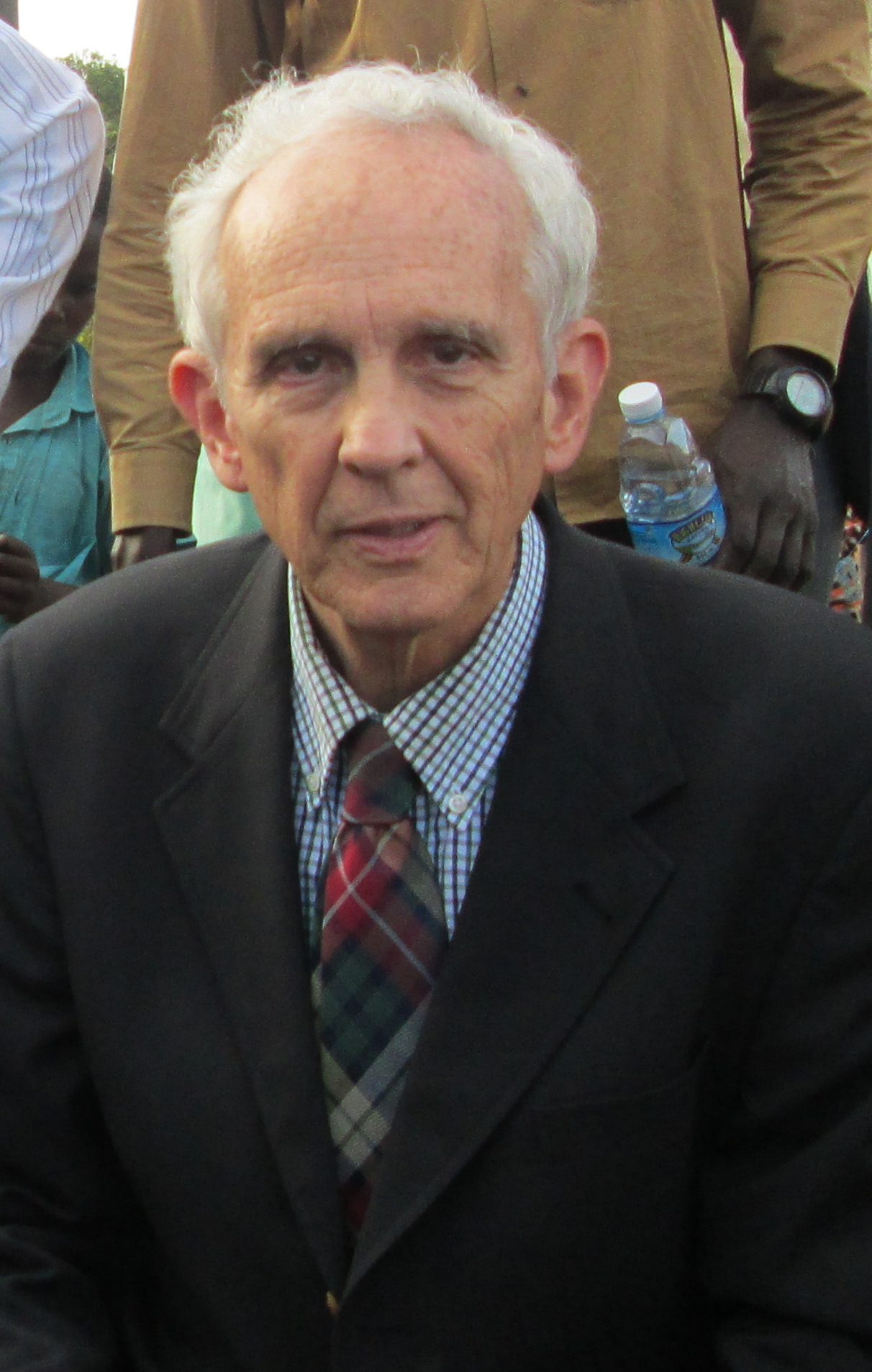by Dr. Gregory Bartha
April 1, 2021
Most people in Uganda are of normal weight, and many are very thin. This is because their diet mainly consists of corn cassava, some beans, and occasionally chicken and pork. Also, people tend to be very physically active doing a lot of walking and manual labor. Western style food is making some inroads in Kampala and the smaller cities, and along with this change comes more obesity and then diabetes. This form of diabetes is termed Type 2 and can often be controlled by diet and oral medicines. Eventually insulin may be required. There is also Type 1 diabetes in which the body makes antibodies which attack and destroy the cells in the pancreas which produce insulin. Insulin injections are necessary to control this type.
A 15 year old boy came to the Cross Hospital complaining of weakness, weight loss, and constant thirst. His blood sugar (glucose) level was 500, normal being 80 to 120. We told him that he had the form of diabetes which required insulin. He was reluctant to start the injections. We talked with him at length about the nature of his illness and that his health would continue to decline if he did not take insulin. He went home to think about it. A few days later he returned, and we admitted him to the hospital, started checking his glucose levels several times a day, and introduced insulin.
His treatment was challenging because in Uganda there are only two types of insulin available – a short acting kind which reduces the blood sugar rapidly and a mixture of the short acting and a long acting form which lasts 12 hours or more. Ideally, patients with Type 1 should be given a long acting acting insulin by itself once a day and injections of short acting before meals. Using only the mixture does not control the blood sugar well and can cause the sugar level to go too low and cause a person to become confused or lose consciousness altogether. For this boy we gave him the mixed insulin twice daily and gradually got his sugar down to around 200 most of the time. Ideally, it should be 150 or below most of the time. The boy started to feel much better with more energy and less thirst.
We gave the boy a glucose meter and strips and taught him how to check his sugar level and how to make adjustments in the insulin dose. We told him to keep good records of the glucose levels and the insulin dose. Also, we emphasized that he must never run out of insulin. He would become very ill quickly. Fortunately, insulin does not need to be refrigerated after a vial is opened, and the syringes and needles for injection can be used several times.
He needs to be checked regularly at the hospital so his records can be reviewed and adjustments in the insulin dose can be made. This program is very difficult to carry out in rural Uganda and requires the combined efforts of the family, the boy, and the hospital staff. This is a lifetime work for this boy who also faces the many other challenges of life in rural Uganda.
To make a tax-deductible contribution to Dr. Bartha’s efforts in Uganda, please contact him at this address:






Recent Comments